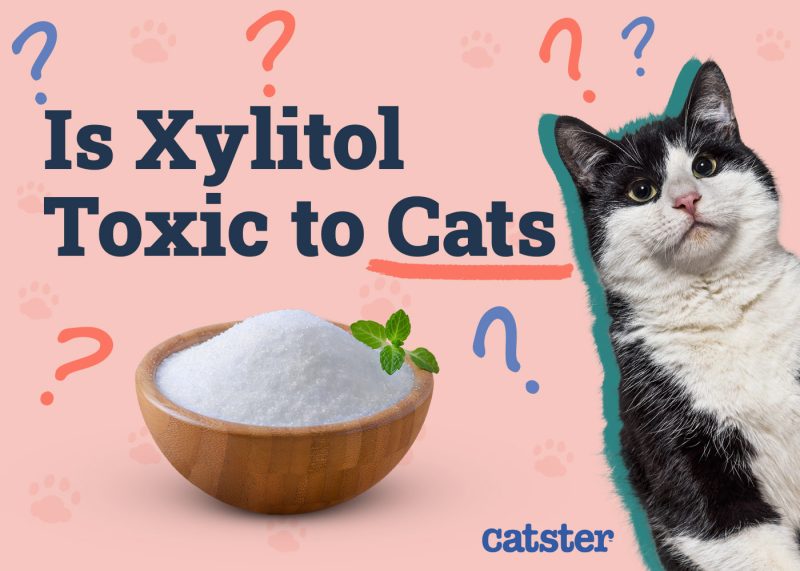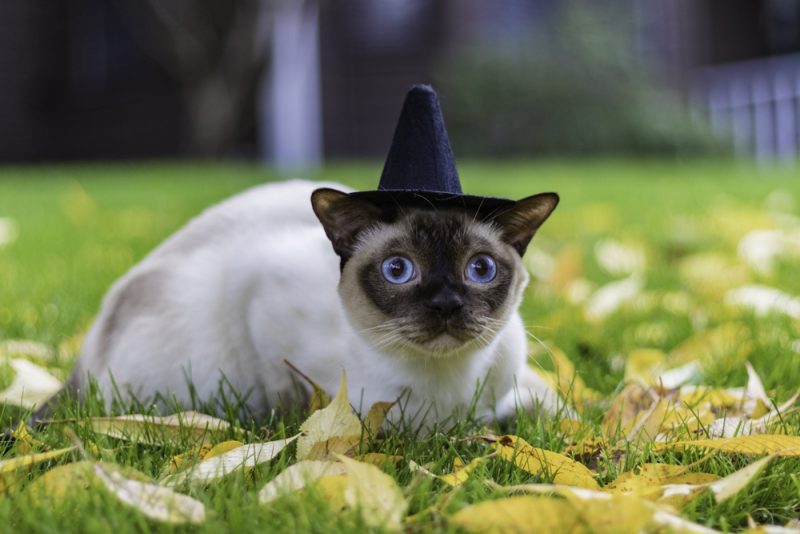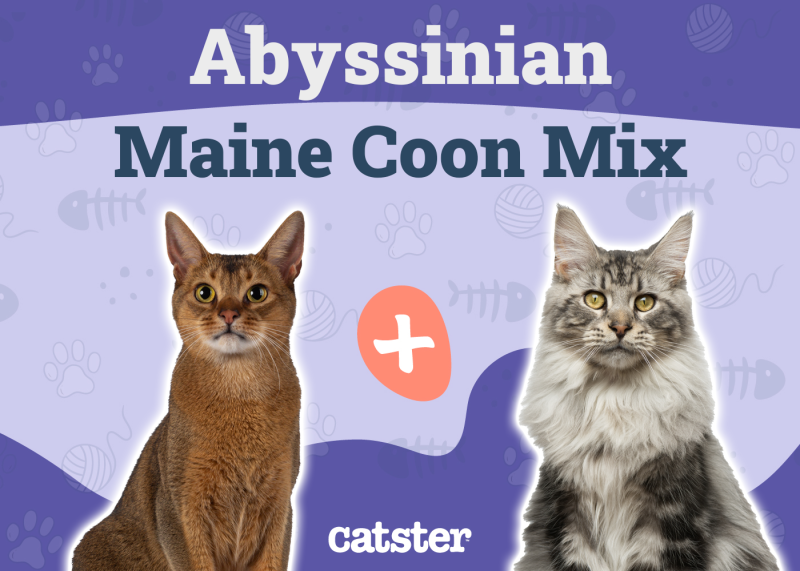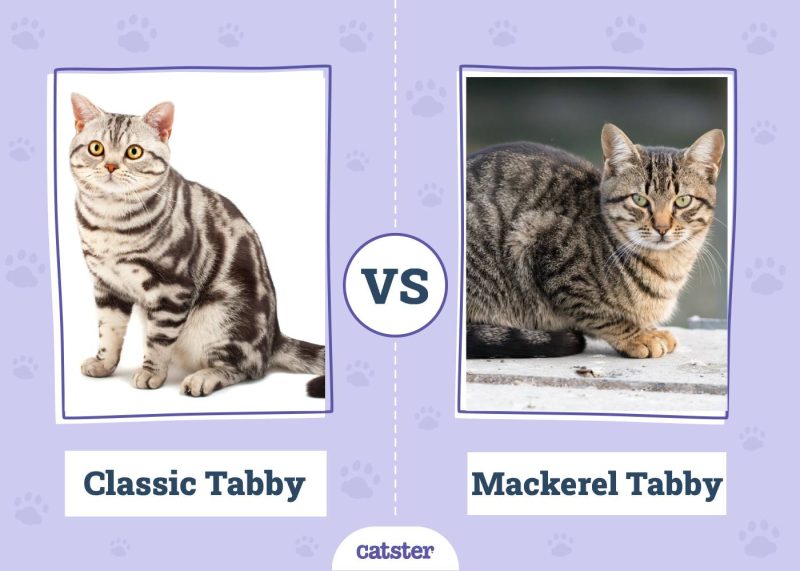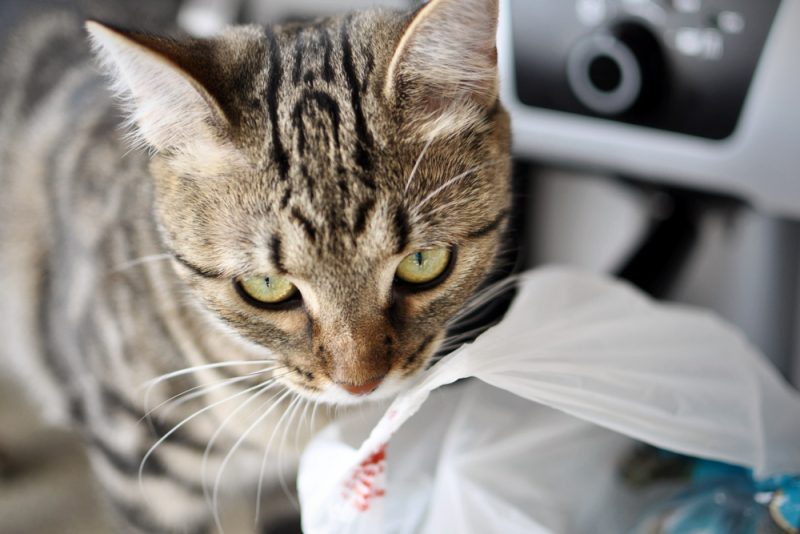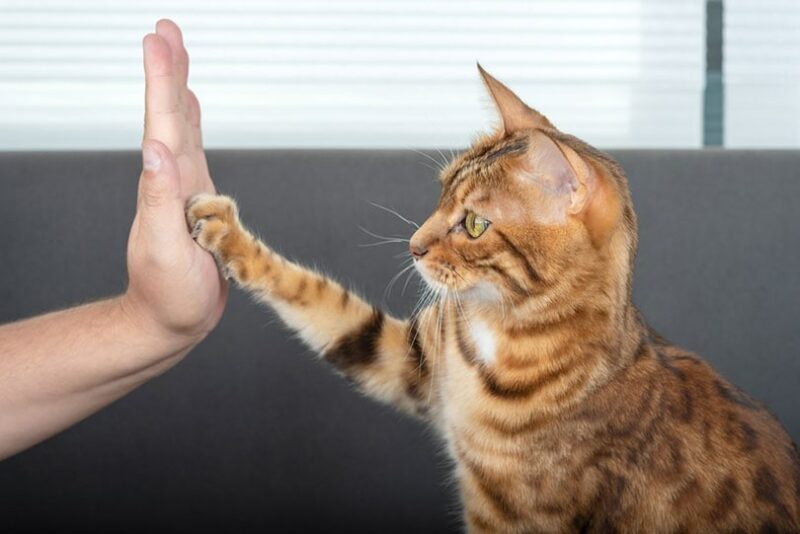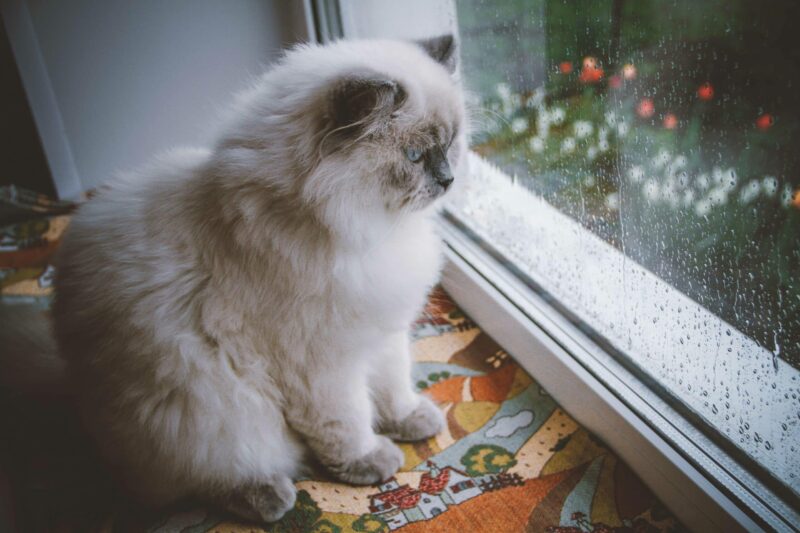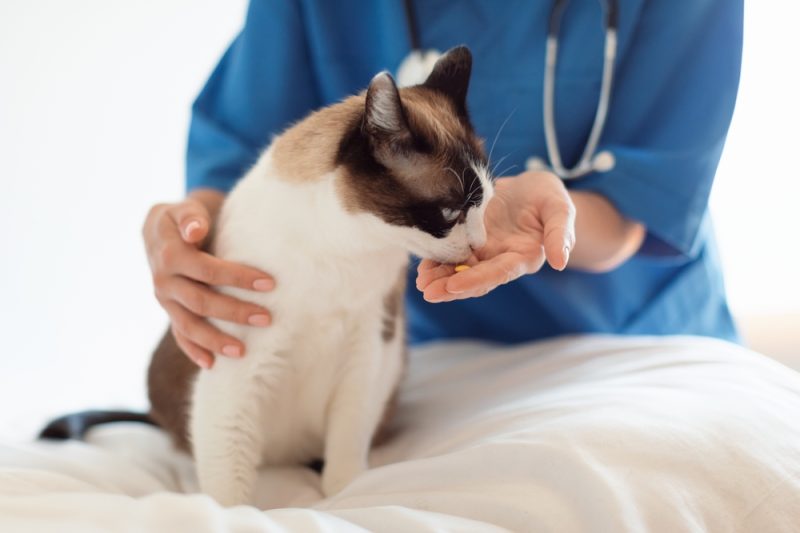Everyone has heard that cats have nine lives, but the real secret of felines is that they rarely have to use more than one. Their incredible agility has led many to believe that cats almost always land on their feet , regardless of how they’re dropped. This is also known as the righting reflex. However, contrary to popular belief, cats don’t always land on their feet, and this reflex isn’t risk-free. Nonetheless, it does offer cats incredible athletic feats.
The question is; how high can they be dropped from and still survive? Will they still land on their feet if dropped from an incredible height?
The truth is, we don’t know exactly how high cats can fall from and survive because several other factors play a part in determining just how safe a fall is. Read on as we explore the science behind this phenomenon.

The Maximum Height a Cat Can Fall From
Several factors play a role in determining the height a cat can fall from and survive. A young kitten will not be able to control their fall, as the feline righting reflex only begins to develop at around 3-4 weeks of age and is only perfect at around 9 weeks or so.
The cat’s health status will also play a role in determining their safe limit, as a large part of the reflex is a cat twisting their spine in a certain sequence. A cat with limited flexibility will have a harder time performing the reflex. Cats also need a minimum drop of at least 3 feet to successfully perform a righting reflex.
The prevailing consensus is that the true upper limit of a cat’s true maximum height tolerance is not known. However, as cats fall from greater heights, it increases their risk for injury. In fact, cats that have fallen from heights are a common feature in veterinary emergency practice, and such incidents are termed as high-rise syndrome.
High-Rise Syndrome
Cats love to climb, as almost every cat owner can attest to. They seem to have no fear of heights whatsoever. Many cats are constantly seeking the highest point in any room so they can climb up and perch there, getting a birds-eye view of their surroundings.
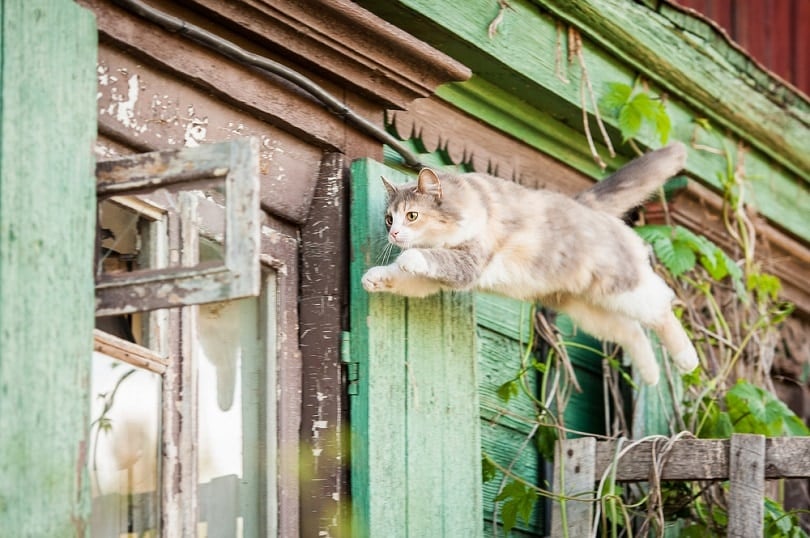
Along with climbing comes the inevitable falling. What goes up must come down, but it doesn’t always come down quite as gracefully as it went up. Of course, cats are extremely flexible creatures with exceptional reflexes. They’re able to twist their bodies mid-air and often land on their feet to avoid serious injury when they fall.
Still, falling is a common risk associated with climbing, even for cats. As mentioned before, an umbrella term given to any injury that a cat sustains due to falling from a high place: high-rise syndrome. This can include all sorts of injuries, ranging in severity from minor to life-threatening.
- Broken paw or limb bones
- Chipped or broken teeth
- Shattered jaws
- Collapsed lungs
- Hernias
Cats may also immediately die from falls; therefore, you definitely shouldn’t assume your cat is safe when they fall from a great height.

Studies on High-Rise Syndrome
Luckily, we know quite a bit about how far cats can fall and high-rise syndrome thanks to an in-depth study published in the Journal of Feline Medicine & Surgery in November of 2004. This study looked at 119 cats diagnosed with high-rise syndrome over four years. 96.5% of the cats that fell survived the fall, of which the average height was four stories or approximately 56 feet. 46% of these cats had fractured limbs, with hind limbs being most likely to fracture.
Long before that 2004 study, the Journal of the American Veterinary Medical Association did a study in 1988 of 132 cats falling from heights as high as 32 stories, with an average fall of 5.5 stories. Again, the survival rate was over 90%. The percentage of cats exhibiting some form of chest trauma was also 90%. Only 39% suffered limb fractures. 30% of the cats required no medical treatment after their fall. 37% of the cats required life-saving treatment. The remaining cats needed only non-emergency treatment.
However, this study drew concerns about a survival bias, as it only looked at cats that fell and were brought to a veterinarian in a state of injury. The study never factored in the fact that cats that immediately died from the impact of the fall would not have been brought to a vet and were, therefore, excluded from the study. Therefore, the 90% survival rate only applied to those that fell and were brought to the vet in time for an assessment and care.
How Cats Survive Such High Falls
Something interesting came of those studies. Researchers found that cats landed differently depending on the height from which they fell. Cats that fell less than five stories almost always landed on their feet, resulting in higher numbers of limb fractures, though fewer injuries overall than cats that fell from over five stories. But the injuries were different in cats falling from more than seven stories, and they weren’t landing on their feet.
As it turns out, when cats reach terminal velocity, instead of landing on their feet, they spread their appendages apart and attempt to land as flat as possible (on their chest) to evenly distribute the impact of the fall). This is why such a high percentage of the cats that fell from great heights had chest trauma while the cats falling from an average height of four stories had more broken limbs.
For a cat, terminal velocity is achieved at approximately 60 miles per hour, which is about half the speed of terminal velocity for the average-sized man. When a cat falls less than five stories, they don’t ever reach terminal velocity. But cats falling from five stories or higher do reach terminal velocity, and this is when the change in landing occurs.

Conclusion
This is one of those rare cases where the truth is stranger than fiction. Cats can theoretically fall from just about any height, though these falls aren’t risk free. They can fall so far and still survive that we don’t even know what their true limits are. That said, at least one-third of cats that fall from great heights require life-saving treatment afterward, and at times, the fall itself may lead to the immediate tragic loss of a pet.
Featured Image By: Nils Jacobi, Shutterstock




